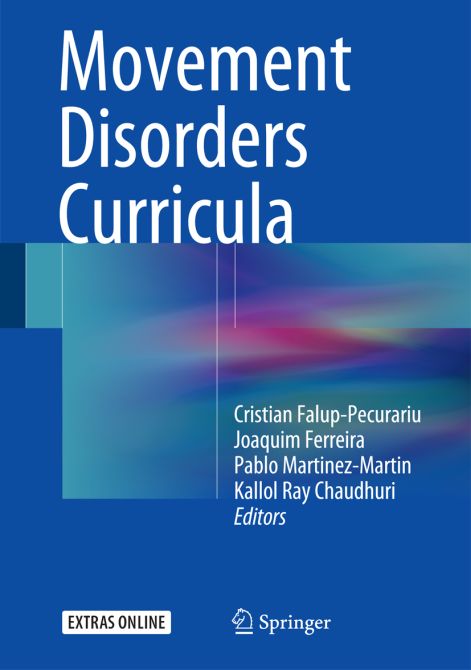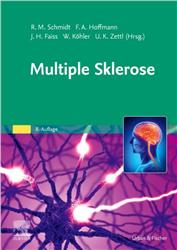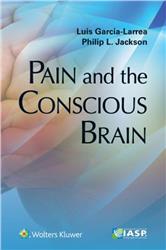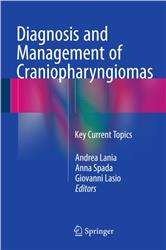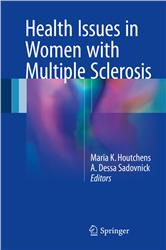Movement Disorders Curricula
with Extras Online
| Auflage | 2015 |
| Seiten | 480 p., 90 illus. |
| Verlag | Springer |
| ISBN | 9783709116272 |
| Artikel-Nr. | 593995 |
Lieferzeit ca. 5 Werktage
Produktbeschreibung
Movement disorders are rapidly developing as an important specialty in the field of neurology. This book offers a complex approach to the wide range of movement disorders, guiding the reader from the phenomenology to the diagnosis and differential diagnosis, examination and treatment. Divided into three parts, Movement Disorders Curricula provides an authoritative and comprehensive overview of this growing branch of neurology. Taking into account current developments and research in the field, this book gives a unique summary of this dynamic area by using a uniform approach to movement disorders curricula. The first part presents basic elements in movement disorders, including descriptions of the anatomy, physiology, and neurochemistry of the basal ganglia. It also contains sections on neuroimaging, clinical trials in movement disorders, practical skills, and rating scales. Subsequently, hypokinetic and hyperkinetic disorders are thoroughly discussed in separate parts. This is rounded off by an accompanying DVD with video clips illustrating the different types of movement disorders. The book intends to equip readers with practice and research skills in the movement disorders field and will therefore be valuable tool to prepare for board examinations in general neurology as well as for fellowships in movement disorders. The book is also relevant for daily clinical practice and will prove useful to all trainees and residents in neurology, fellows and specialists in movement disorders, geriatricians, and internal medicine specialists.

Bleiben Sie informiert!
Melden Sie sich für den frohberg.de-Newsletter an und nutzen Sie jetzt Ihre Vorteil:- Willkommens-Dankeschön: Beatmungsmaske Rescue Me
- Aktuelle Neuerscheinungen und Empfehlungen
- Exklusive Angebote und Kongress-Highlights
